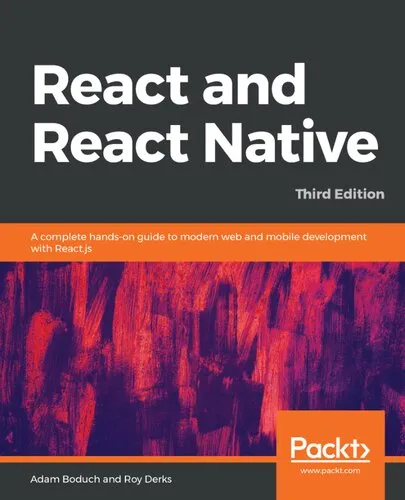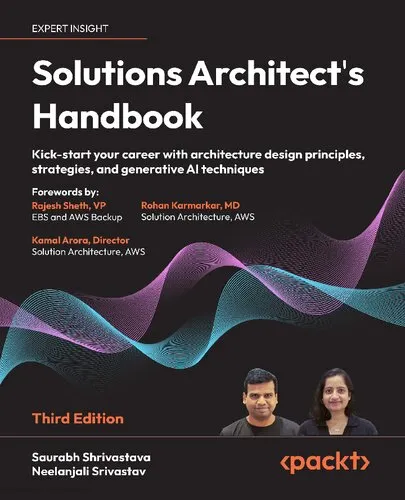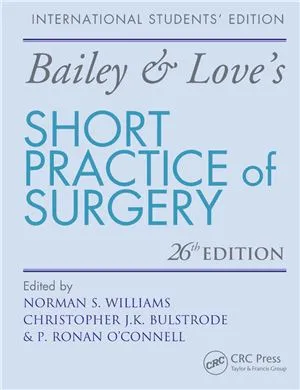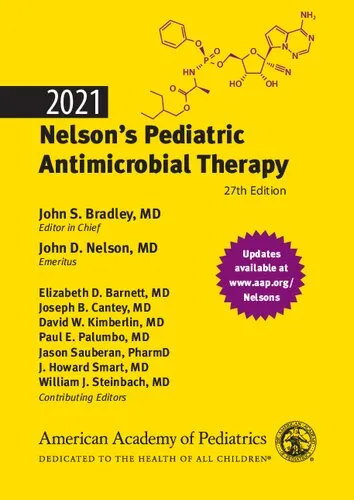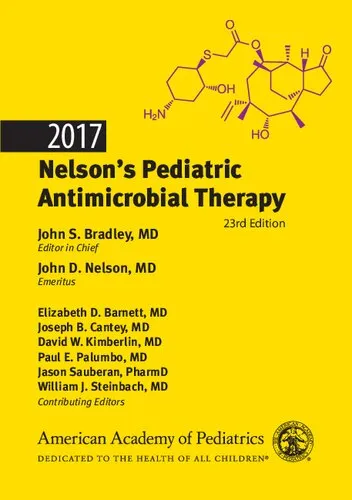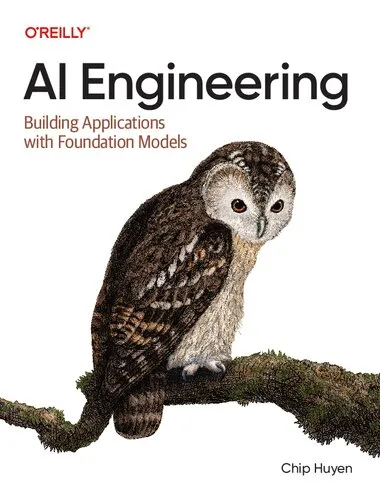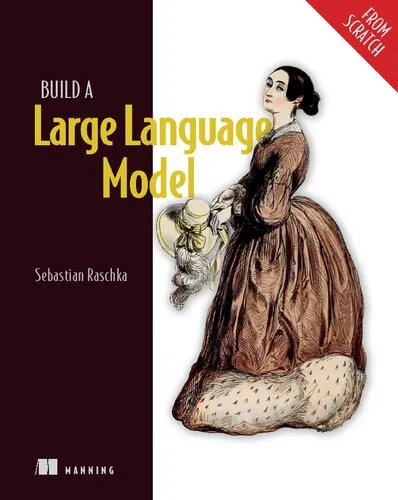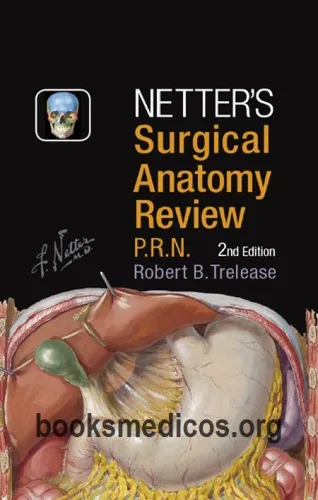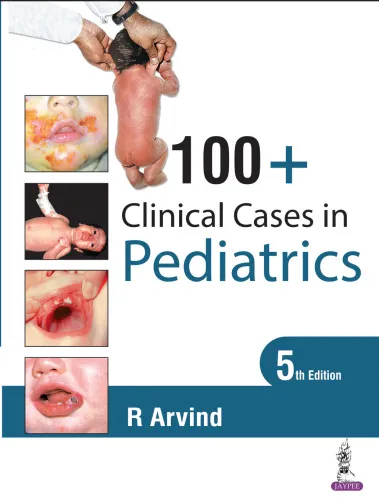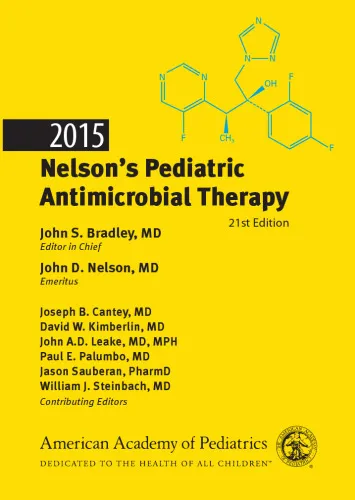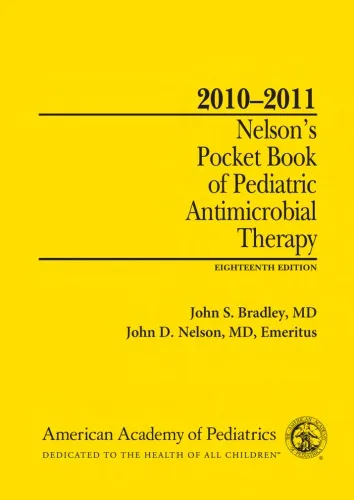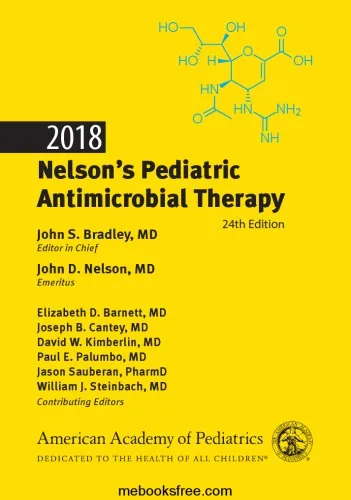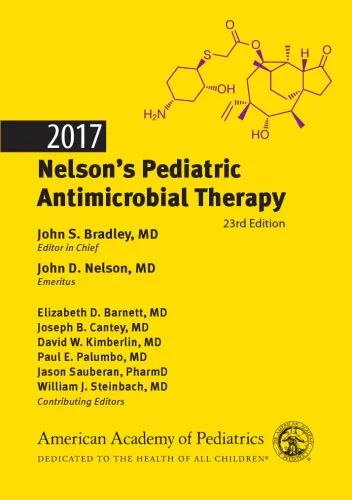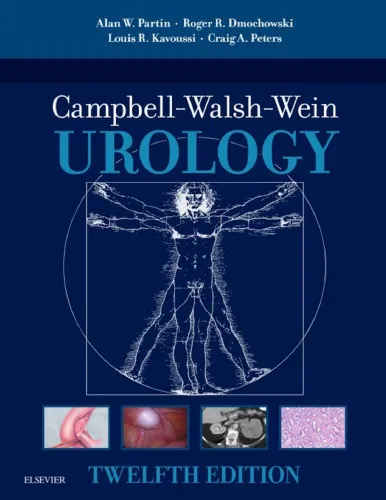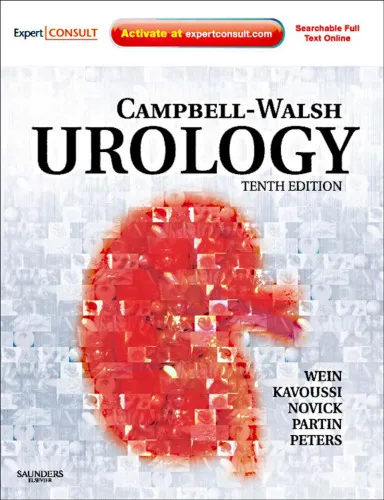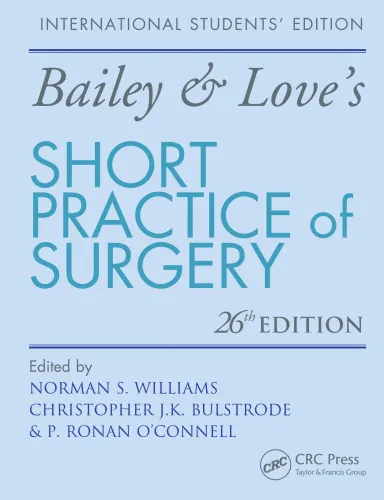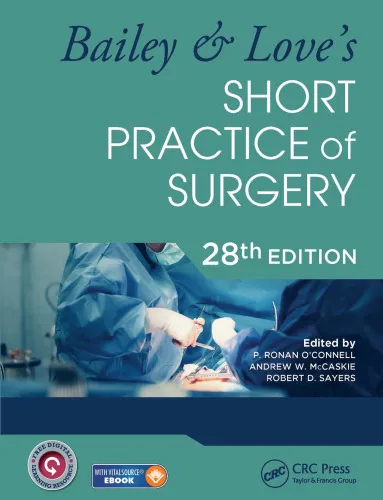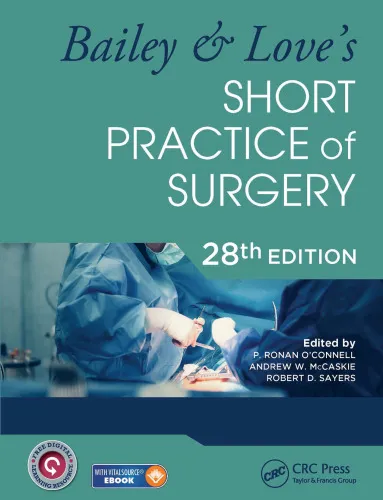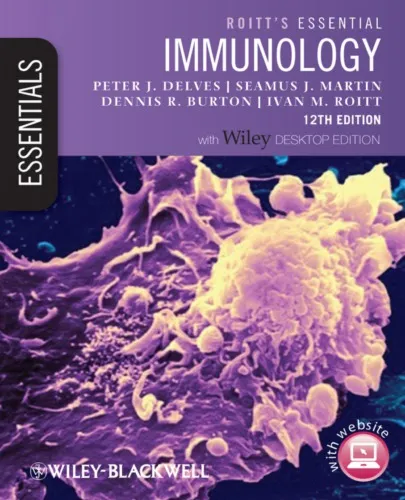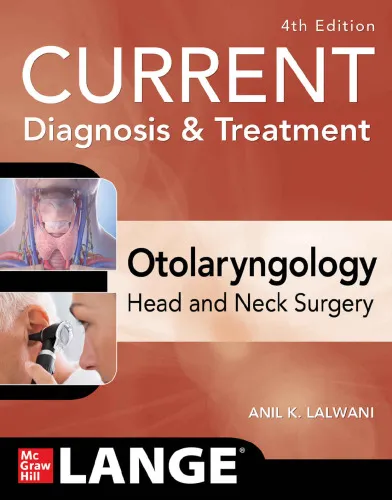Pediatric Transplantation
4.6
Reviews from our users

You Can Ask your questions from this book's AI after Login
Each download or ask from book AI costs 2 points. To earn more free points, please visit the Points Guide Page and complete some valuable actions.Related Refrences:
Analytical Summary
The book Pediatric Transplantationpp.464—468, authored by Ghassan Wahbeh, Vera Hupertz, Sara Hallowell, Rajiv Patel, and Maryanne R. K. Chrisant, offers a rigorous and concentrated exploration of pediatric organ transplantation, drawing upon the latest evidence-based practices, clinical insights, and multidisciplinary approaches. Situated firmly within the field of pediatric medicine, these pages delve into complex clinical scenarios, patient management strategies, and the ethical considerations inherent to transplant care for children.
This section of the larger work stands out for its depth, offering precise guidance on the management of pediatric patients before, during, and after transplantation. The authors emphasize both the theoretical underpinnings and the clinical practicalities, ensuring that readers are equipped to address the multifaceted challenges of pediatric organ transplantation. The consultation is guided by real-world case analyses, integrating surgical techniques, immunosuppressive protocols, and psychosocial care plans.
While specific publication details and awards for Pediatric Transplantationpp.464—468 remain information unavailable due to no reliable public source, the content itself demonstrates the high caliber of expertise. It aligns closely with contemporary directions in child healthcare advancements, presenting a valuable resource for academics, clinicians, and allied health professionals in pediatric medicine and transplant surgery.
Key Takeaways
From patient selection criteria to long-term monitoring, the text outlines critical pillars that undergird successful pediatric transplantation outcomes.
First, the indispensable role of multidisciplinary team involvement is underscored: pediatric organ transplantation thrives on collaboration among surgeons, pediatricians, nurses, social workers, and families.
Second, the book reinforces the importance of tailored immunosuppressive regimens for children, factoring in age-related pharmacodynamics and the heightened sensitivity to medication side effects.
Third, psychosocial support emerges as a non-negotiable component, acknowledging that pediatric patients and their caregivers face unique emotional and developmental challenges.
Fourth, ethical parameters around donor allocation, consent, and long-term quality of life are treated with the nuance they deserve, allowing professionals to engage with these dilemmas in informed ways.
Lastly, ongoing research and technological progress are contextualized as vital for improving survival rates and life quality, placing pediatric transplantation within the broader arc of child healthcare advancements.
Memorable Quotes
“Successful pediatric transplantation integrates science, compassion, and lifelong support.” Unknown
“Children are not simply smaller adults; their transplant care demands tailored approaches.” Unknown
“In pediatric organ transplantation, the duty extends beyond surgery to holistic family care.” Unknown
Why This Book Matters
Pediatric Transplantationpp.464—468 occupies a crucial niche for professionals engaged in the treatment and research of pediatric organ transplantation.
Its authoritative approach means readers can rely on the content for both academic inquiry and clinical application. For child healthcare advancements, such refined discussion serves to improve care standards, encourage policy development, and enhance patient outcomes.
Moreover, the book bridges the gap between textbook knowledge and bedside realities, ensuring theoretical expertise converts into meaningful patient care. The collaboration between its authors adds richness, presenting perspectives from multiple specialties.
Inspiring Conclusion
In reading Pediatric Transplantationpp.464—468, professionals gain not just information, but a framework for action — a commitment toward better futures for pediatric patients in need of transplants.
The book’s emphasis on multidisciplinary collaboration, ethical clarity, and patient-centered techniques makes it a compelling addition to any academic or clinical library. By engaging with the authors’ insights, readers equip themselves to make informed, ethical, and effective decisions in the realm of pediatric organ transplantation.
We invite you to delve into these pages, share the knowledge with peers, and discuss its implications. The journey offered by Pediatric Transplantationpp.464—468 is more than academic — it is a call to elevate care for some of the most vulnerable patients.
Free Direct Download
You Can Download this book after Login
Accessing books through legal platforms and public libraries not only supports the rights of authors and publishers but also contributes to the sustainability of reading culture. Before downloading, please take a moment to consider these options.
Find this book on other platforms:
WorldCat helps you find books in libraries worldwide.
See ratings, reviews, and discussions on Goodreads.
Find and buy rare or used books on AbeBooks.
1226
بازدید4.6
امتیاز0
نظر98%
رضایتReviews:
4.6
Based on 0 users review
Questions & Answers
Ask questions about this book or help others by answering
No questions yet. Be the first to ask!

